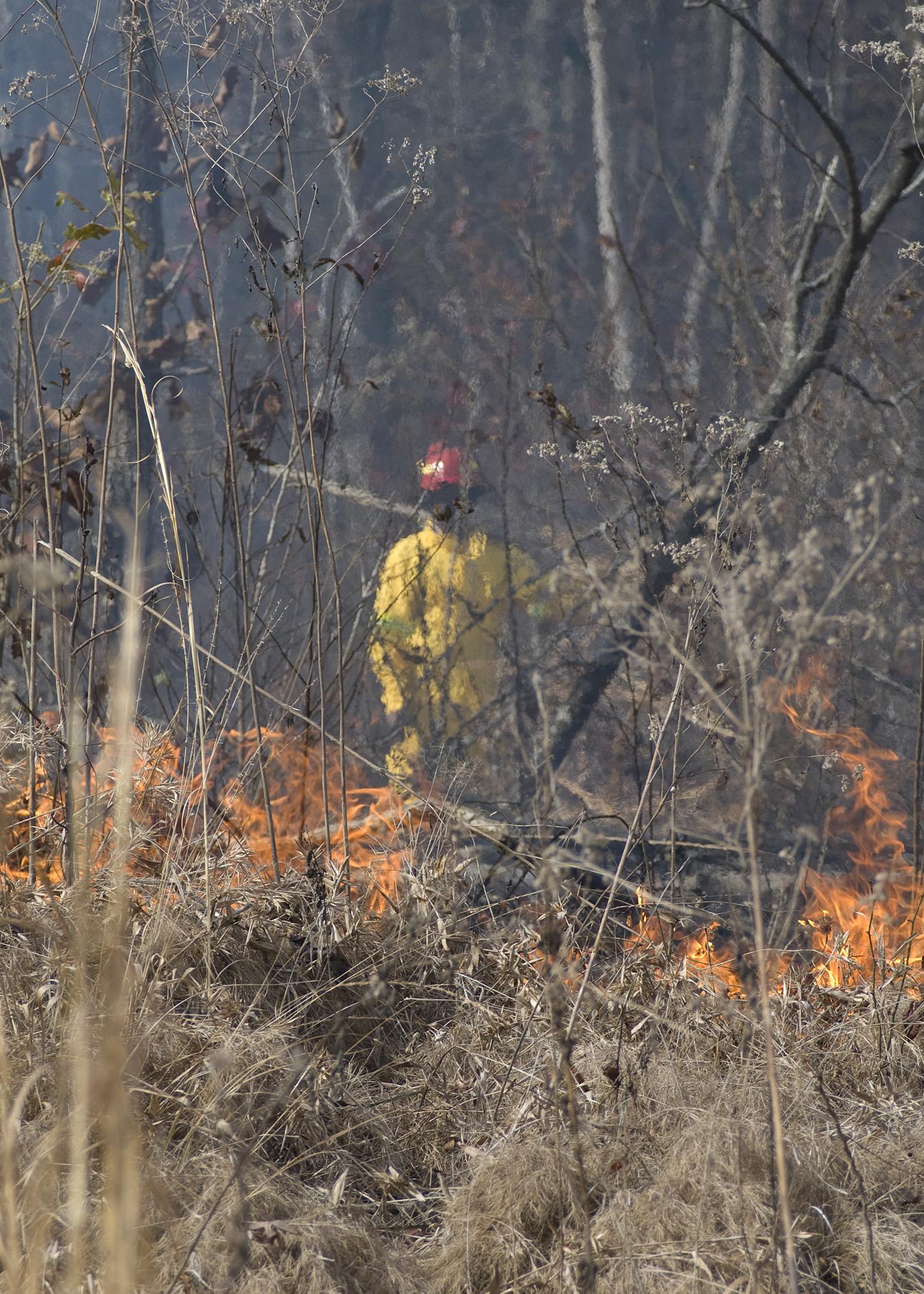Information Possibly Outdated
The information presented on this page was originally released on September 25, 2013. It may not be outdated, but please search our site for more current information. If you plan to quote or reference this information in a publication, please check with the Extension specialist or author before proceeding.
Trees need site prep for replanting success
MISSISSIPPI STATE -- Landowners interested in maximizing the value of their investment need to plan for proper site preparation when replanting trees after harvesting timber.
John Kushla, a forestry specialist with the Mississippi State University Extension Service and MSU’s Forest and Wildlife Research Center, said this preparation involves manipulating the site to increase the survival and growth of seedlings. Proper site preparation also makes tree planting or seeding more efficient.
“The goal is to give seedlings a chance to grow and develop without fighting for needed resources, such as space, light, moisture and nutrients,” Kushla said. “Many landowners treat replanting as an afterthought, but regeneration requires proper planning and execution. Some of the profits made from harvesting should be used to pay for site preparation and replanting.”
Over time, scientists have figured out the pros and cons of different site preparation methods, as well as the costs associated with each.
“The four primary techniques for site preparation are fire, mechanical, chemical or a combination of these three,” Kushla said. “For years, fire was the primary tool used to clear land for farming and to manage hunting land. Burning the logging debris left behind is the least expensive method of site preparation. It enhances wildlife habitat, and it improves access for tree planting.”
But prescribed burns have their disadvantages, too.
“You’ve got to deal with smoke and the chance that fire may escape, which is why we recommend working with a certified burn manager,” he said. “Nitrogen is lost during combustion, you’re limited by the weather, and steeper slopes tend to erode. Burning also doesn’t solve the problem of how quickly some plants grow back.”
Weather conditions in late summer and early fall are often favorable for burning. In 2012, the average cost for site preparation by burning in the Southern coastal plain was $53 per acre.
Mechanical site preparation is the most expensive option, in spite of equipment advances that reduce the number of times a site must be passed over to clear the area.
“Combination plows attached to tractors with a small blade can shear and clear debris, rip the subsoil, and make planting beds in one pass for about $185 per acre,” Kushla said. “The removal of debris allows for easier machine planting, improves the soil’s physical condition, and controls competing brush. But some woody species may seed in, fertility can decrease with the loss of topsoil, and it can be pricey.”
Improved effectiveness of herbicides has led to the increased use of chemicals to control vegetation as part of a forest management plan.
“Now we have helicopter spray booms, ground sprayers for skidders and ATVs, and hand-held sprayers that allow foresters to prescribe and apply herbicides targeting a broad range of vegetation with one application,” he said. “This method costs between about $67 and $89 per acre, depending on the method of application.”
The pros of using herbicides include reduced compaction and erosion, lower cost and some residual weed control. Herbicides control unwanted vegetation longer than the other methods. Herbicide drift onto other plants and trees is a risk.
Garron Hicks, the assistant district forester for the Mississippi Forestry Commission’s northeast district based in Tupelo, said landowners need to evaluate their objectives when planning next steps after a clear cut.
“If landowners want to grow timber to generate revenue, then they would want to regenerate the site, which involves conducting some site preparation to ensure a good planting job and adequate survival,” Hicks said. “Land that isn’t replanted will naturally regenerate a stand of trees, but landowners will be left with a poor-quality stand that takes 25 to 30 years to reach merchantable size.”
Hicks said landowners should contact their local Mississippi Forestry Commission forester, an MSU Extension forester or a forest consultant to discuss regenerating a clear cut. The Mississippi Forestry Commission also keeps a list of reputable site prep vendors.
Mississippi requires that foresters are licensed to practice forestry. To find a list of local registered foresters, visit the Mississippi Board of Registration for Foresters at http://www.cfr.msstate.edu/borf.
For more information, visit the Mississippi Forestry Commission at http://www.mfc.ms.gov.




